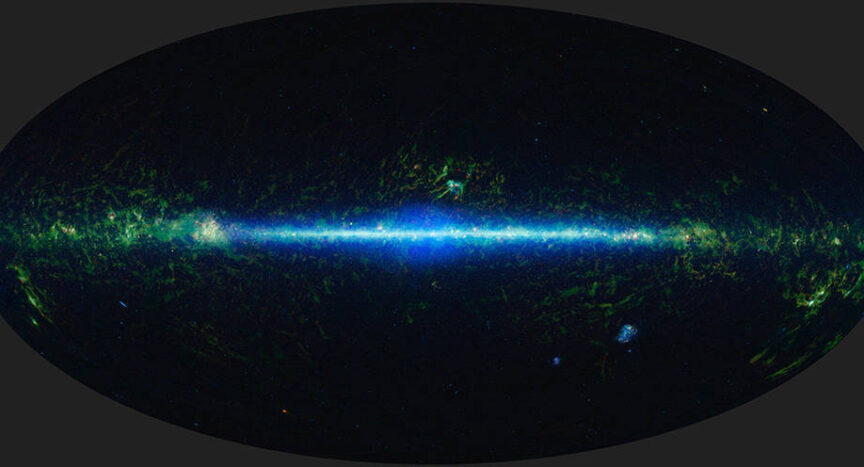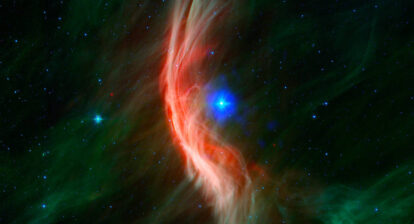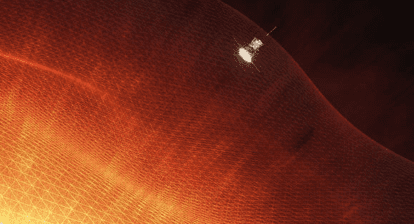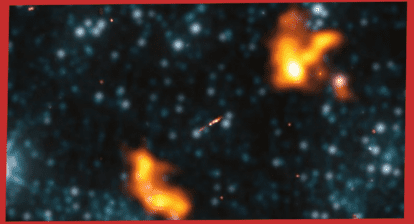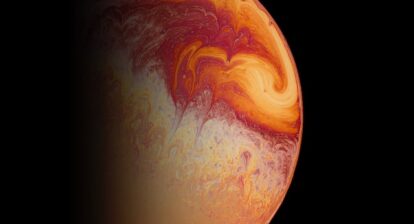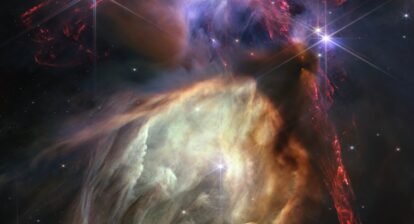This brilliant image is a mosaic composed of images covering the entire sky, taken by the Wide-field Infrared Survey Explorer (WISE) as part of WISE’s 2012 All-Sky Data Release. By observing the entire sky, WISE can search for faint objects, like distant galaxies, or survey groups of cosmic objects.
NASA’s Near-Earth Object Wide Field Infrared Survey Explorer (NEOWISE) spacecraft completes half a solar orbit every six months, while it takes images in all directions. All these images when stitched together form an “all-sky” map showing the location and brightness of hundreds of millions of objects. In this case, using 18 all-sky maps produced by the spacecraft, what is a basically a time-lapse movie was created, revealing changes that took place in a decade.
According to NASA, “Each map is a tremendous resource for astronomers, but when viewed in sequence as a time-lapse, they serve as an even stronger resource for trying to better understand the universe. Comparing the maps can reveal distant objects that have changed position or brightness over time, what’s known as time-domain astronomy.”
“If you go outside and look at the night sky, it might seem like nothing ever changes, but that’s not the case,” said Amy Mainzer, principal investigator for NEOWISE at the University of Arizona in Tucson. “Stars are flaring and exploding. Asteroids are whizzing by. Black holes are tearing stars apart. The universe is a really busy, active place.”
An observatory known as WISE was launched in 2009 to scan the entire sky and study objects outside the solar system using cryogenically cooled detectors that were sensitive to infrared light. Although infrared light is not visible to the naked eye, it is however radiated by many cosmic objects such as stars and galaxies. When the onboard coolant needed for some infrared observations ran out, the WISE mission was concluded in 2011. But the spacecraft itself and some infrared detectors were still functional, so NASA repurposed it in 2013 to track asteroids and other near-Earth objects (NEOs). And therefore, both the mission itself and the spacecraft were renamed NEOWISE.
Since then the infrared telescope has continued to scan the sky every six months, and astronomers have continued to use the data to study objects outside our solar system. Over the years these have included brown dwarfs and black holes.
NASA’s Swift, Fermi Missions Detect Exceptional Cosmic Blast
“We never anticipated that the spacecraft would be operating this long, and I don’t think we could have anticipated the science we’d be able to do with this much data,” said Peter Eisenhardt, an astronomer at NASA’s Jet Propulsion Laboratory and WISE project scientist.
